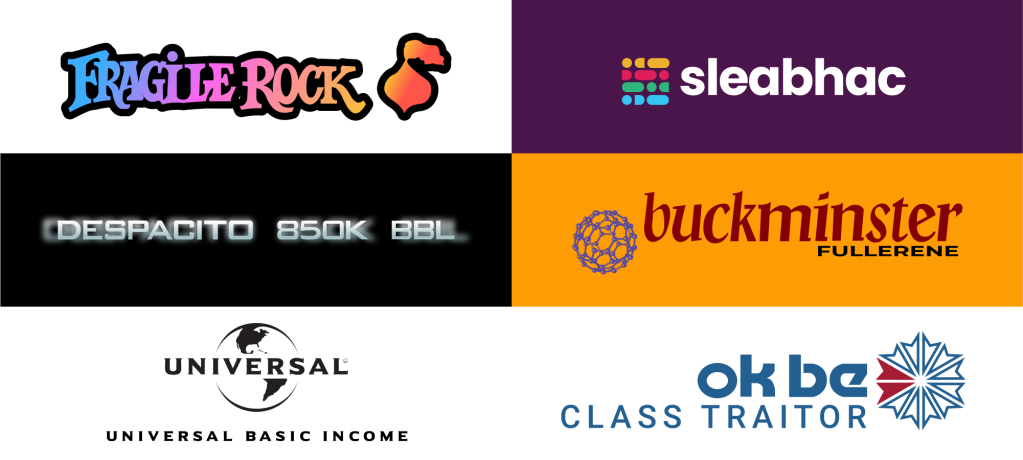
From the outset of this residency, what became abundantly clear to me was the powerful & rich use of language amongst the participants and the speakers (and the organiser, of course)
I made it my business to make note of as much terminology as possible, especially things I was unfamiliar with. This took the form of everything from concepts to theories, from phenomena to ideas that we just spontaneously made up as a group. At times I’ve been both inspired & intimidated by how well this cohort can articulate their thoughts & knowledge, as well as how they formulate & frame their questions.
I had to continually remind myself of the opportunity to learn & grow, and not just focus on what I already knew (or thought I knew) and shut down when conversation started to float over my head. For it did get heady. I would sometimes find myself grasping at what felt like more & more abstract & ephemeral concepts, understanding the words but not quite the context.
At times I just didn’t have the mental models in place to ground what was being said. After one talk the analogy I used was that I felt as though I was wading through a swamp or hacking through dense jungle vegetation.
Other times however I was in my element and felt completely at home with the flow of conversation. The response was to create this compendium of LoCDI terminologies. It’s currently at 100, all of which are things we discussed during the residency.
These terms don’t all relate directly to design, creativity or low carbon/climate change, but as is becoming increasingly clear- there is seemingly no aspect of human endeavour that doesn’t relate in some way to climate change. That’s not to open it up to every minute detail, but worth bearing in mind.
The challenge now is to document my understanding of each term (without looking them up) and see how much I’ve learned & understood during the past few weeks.
The intention then is for it to be a living document, one which I could look back on and see if my understanding of something has changed/expanded. Perhaps I’ll set myself a specific date for this in one year’s time. I’d also invite my fellow residents to test & document their own understanding of the Top 100. The goal then was to start to visualise some of these terms/concepts/theories- to take away a layer of abstraction and try to ground them a bit more.
The result was to start creating individual ‘brands’, each with its own little backstory. Finding a relevant connection with some element of popular culture became the inspiration & driving force behind these ‘brands’. These were created in Figma using vectors (getting busy with the Bézier).
Karl Bryne

With a diverse background covering areas from social entrepreneurship to business development to event design, Karl is now bringing his focus to the intersection of design & climate/sustainability. Having just completed a PGDip in Design Thinking for Sustainability, he is taking his passion for UX & storytelling into this new realm.
Contact
karl.byrne2@ucdconnect.ie
